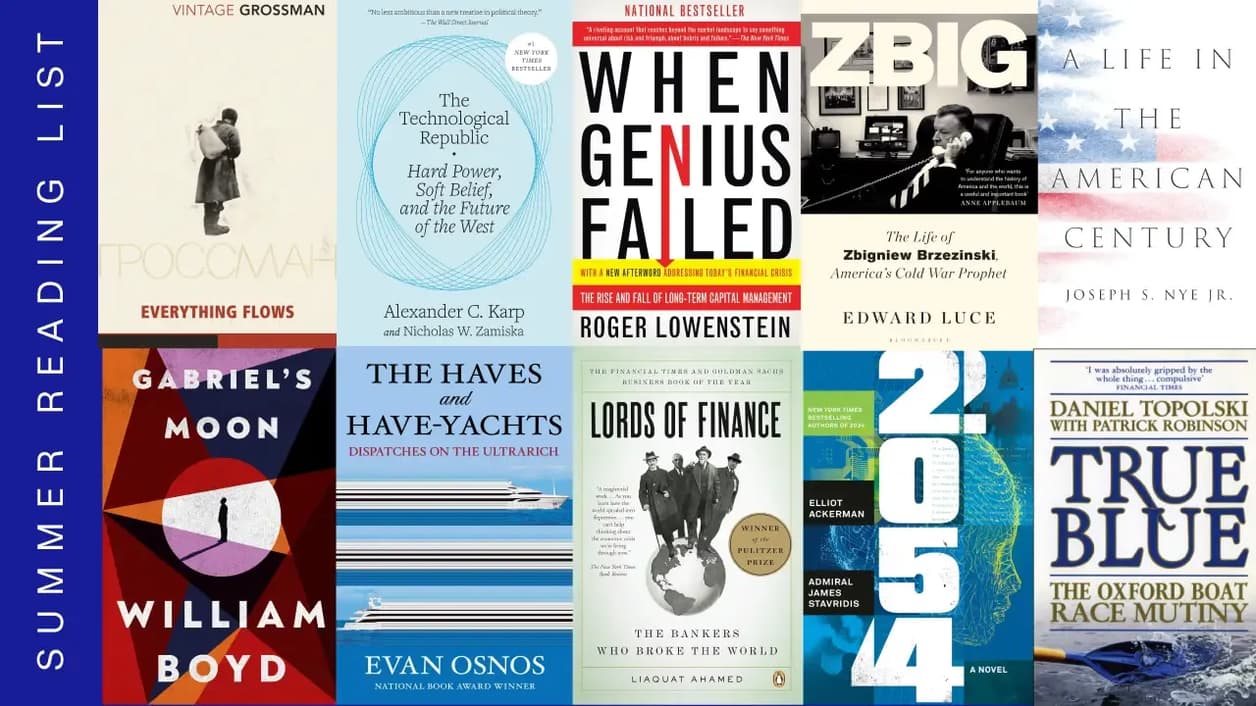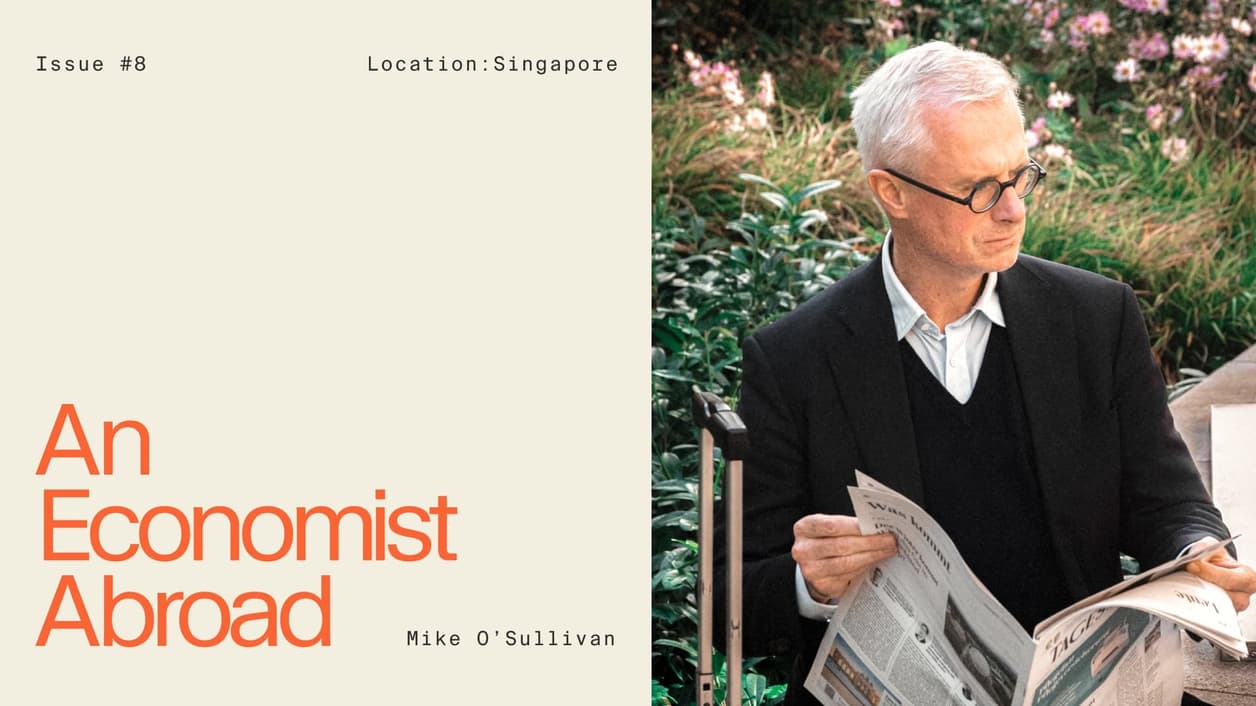
During the last decade, PE has become increasingly popular, drawing new interest from institutional and high net worth individuals.
Since the Global Financial Crisis (“GFC”), assets managed by the PE industry have more than doubled, now totalling over $3.9T.
According to a recent Business Times article, the main causes are two-fold: first, that PE has generated strong returns during times when traditional asset-class returns are on a downtrend, and second, that PE helps facilitate portfolio diversification.
Those strong returns are exhibited by comparing PE to the public markets, with PE outperforming the S&P 500 by 597 basis points over a 20-year time horizon and by 489 basis points over a 15-year period.
The Business Times posited three possible explanations for PE’s outperformance:
- The combination of a focus on sectors with a clear growth path with a long-term investment
- The selection and investment in businesses that are more resilient and have higher growth, with more capital at their disposal, following a systematic and operationally focused approach to value creation
- The ability to take a long-term, opportunistic buy-and-build approach to consolidation
In downturns, PE-backed companies are generally more resilient and can act as an economic stabiliser during a recession, according to a recent Harvard-backed study. The study, which focused on the GFC, found that such companies were less likely to face financial constraints during the crisis and that PE firms were significantly more likely to assist portfolio companies with their operating problems and provide strategic guidance.
In looking at the differences between PE firms today and during the GFC period, the Business noted that such firms are better prepared today as a result of:
- More capital as its disposal, with dry powder of $2.5T
- Expanded operating capabilities
- Rapid rise of private credit
Source: Business Times





